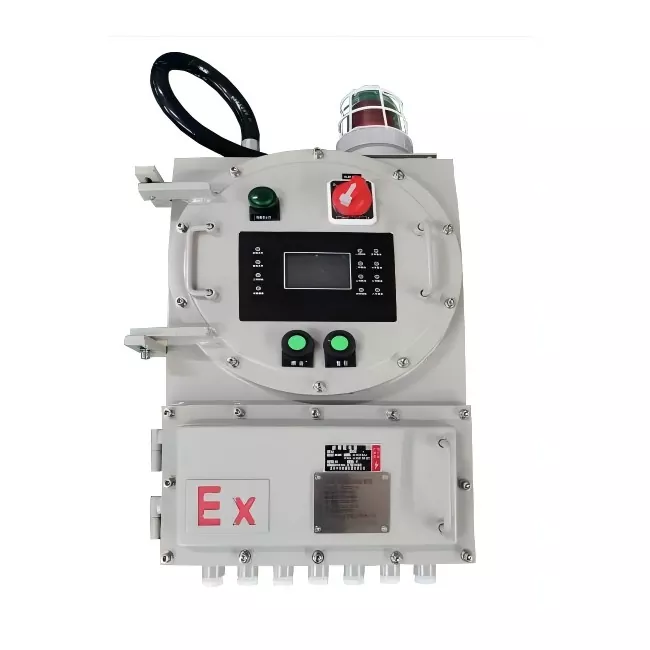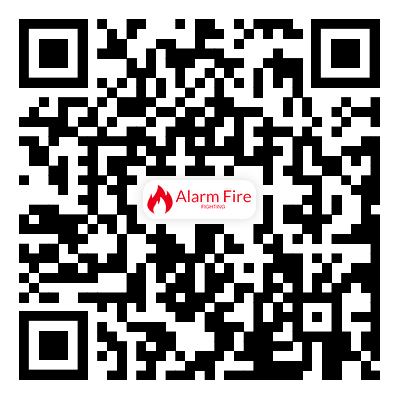What Makes a Control Alarm Essential for Modern Safety Systems?
2025-09-08
In today's world, safety and efficiency have become top priorities across industrial, commercial, and residential environments. One of the most reliable tools supporting this demand is the Control Alarm. Designed to monitor, detect, and alert in real time, a Control Alarm acts as a critical safeguard that helps prevent accidents, reduce risks, and ensure smooth operations.
Our company, Shenzhen Yiyuntian Electronics Co., Ltd., specializes in developing professional Control Alarm solutions tailored to different industries. With years of manufacturing experience and strict quality standards, we provide products that integrate precision engineering, durable materials, and user-friendly operation.
Understanding the Role of a Control Alarm
A Control Alarm is an electronic device designed to detect abnormal conditions—such as pressure drops, gas leaks, overvoltage, overheating, or unauthorized entry—and provide instant notification through sound, light, or digital signals. Whether installed in a factory, data center, or residential area, the main function of the Control Alarm is to alert users immediately so that corrective action can be taken.
The benefits of installing a Control Alarm include:
-
Enhanced safety: Quick response to hazards.
-
Reduced downtime: Early detection prevents costly system failures.
-
Regulation compliance: Helps organizations meet safety standards.
-
Peace of mind: Continuous monitoring reduces manual supervision.
Technical Parameters of Our Control Alarm
At Shenzhen Yiyuntian Electronics Co., Ltd., every Control Alarm is engineered with precision. The following are the standard technical parameters that define our products:
Key Specifications
-
Input Voltage: DC 12V / 24V (customized available)
-
Current Consumption: ≤ 50mA standby, ≤ 150mA active
-
Alarm Sound Level: ≥ 85dB (measured at 1 meter)
-
Response Time: < 1 second
-
Output Signals: Relay, RS485, or 4-20mA (optional)
-
Operating Temperature: -10°C to +55°C
-
Humidity Range: 10% – 95% RH (non-condensing)
-
Material: Fire-retardant ABS housing
-
Mounting Type: Wall-mounted or panel-mounted
-
Dimensions: 120mm × 85mm × 45mm
Parameter Table
| Feature | Specification | Notes |
|---|---|---|
| Input Voltage | DC 12V / 24V | Custom versions available |
| Alarm Sound Level | ≥ 85dB | Suitable for noisy environments |
| Output Options | Relay, RS485, 4-20mA | Ensures compatibility with control panels |
| Response Time | < 1 second | Instant hazard recognition |
| Material | Fire-retardant ABS | Safe and durable |
| Operating Range | -10°C to +55°C | Adaptable to most conditions |
| Installation | Wall or panel mount | Flexible application |
Where Can a Control Alarm Be Applied?
Our Control Alarm is widely used in multiple industries and applications:
-
Industrial safety: Monitoring gas, temperature, or pressure in factories.
-
Power systems: Detecting overcurrent or overload in electrical circuits.
-
Data centers: Protecting critical equipment from overheating.
-
Commercial buildings: Fire, intrusion, and environmental safety.
-
Transportation hubs: Ensuring passenger and staff safety with real-time alerts.
-
Residential use: Gas leak detection, intrusion alarms, and home automation.
Why Choose Shenzhen Yiyuntian Electronics Co., Ltd.?
-
Professional Expertise: Decades of experience in electronic alarm manufacturing.
-
Strict Quality Control: Every Control Alarm undergoes multiple inspection steps.
-
Customization Options: Voltage, output signals, and design can be adapted.
-
Reliable Support: Dedicated after-sales and technical assistance.
-
Global Service: Trusted by clients worldwide.
Frequently Asked Questions (FAQ) About Control Alarm
Q1: What exactly does a Control Alarm do?
A Control Alarm is designed to monitor specific conditions—such as electrical overload, gas leaks, or temperature changes—and send out an audible, visual, or digital signal when abnormalities occur. This allows users to respond immediately and prevent potential hazards.
Q2: How is a Control Alarm installed?
Most Control Alarms are wall-mounted or panel-mounted. Installation typically involves connecting the power supply, integrating the output signal with the existing control system, and testing the alarm for proper functionality. Our team at Shenzhen Yiyuntian Electronics Co., Ltd. provides clear installation guides and technical support.
Q3: Can the Control Alarm be connected to other monitoring systems?
Yes. Our products support relay, RS485, and 4-20mA outputs, which allow them to integrate seamlessly with control panels, SCADA systems, or building management systems. This connectivity enhances centralized monitoring and ensures a faster response to alarms.
Q4: What maintenance does a Control Alarm require?
Maintenance is minimal. Periodic testing, dust cleaning, and ensuring stable power supply are the main tasks. It is recommended to test the alarm system at least once every six months to guarantee reliability.
The Importance of Investing in the Right Control Alarm
Choosing a high-quality Control Alarm is not just about meeting compliance—it is about protecting lives, assets, and operations. A poorly designed or low-grade alarm system can delay detection and response, which may lead to serious consequences. By investing in a reliable solution from Shenzhen Yiyuntian Electronics Co., Ltd., you ensure your systems run smoothly and safely at all times.
Conclusion
The modern environment requires proactive safety measures, and the Control Alarm stands at the center of this strategy. With its ability to detect abnormal conditions instantly and provide clear alerts, it significantly reduces risks and supports operational efficiency.
At Shenzhen Yiyuntian Electronics Co., Ltd., we are committed to delivering high-performance Control Alarms tailored to your specific needs. For more details, product inquiries, or technical support, please contact our professional team today.



